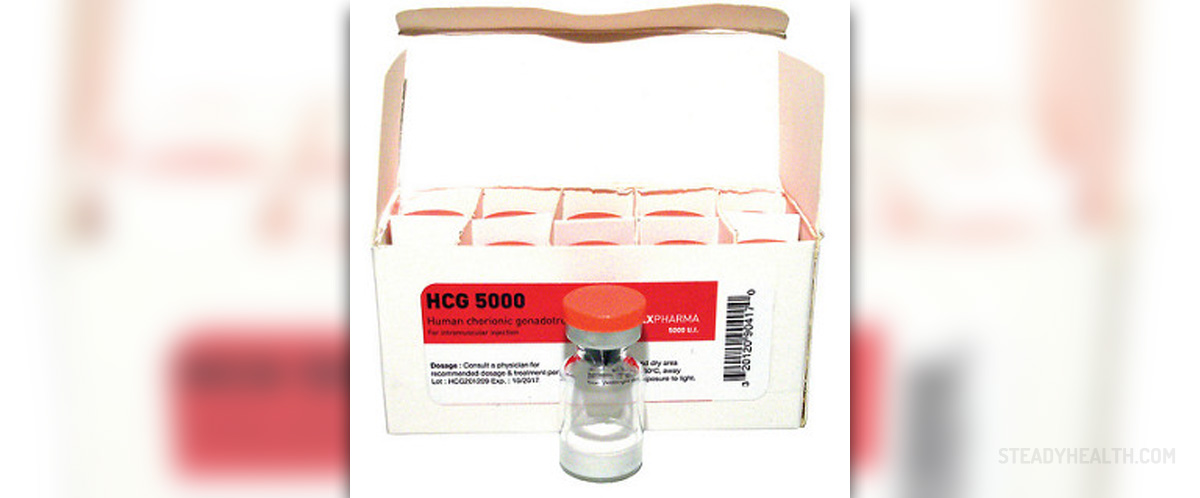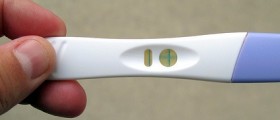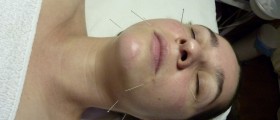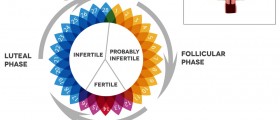
Human chorionic gonadotrophin is the hormone that indicates pregnancy. If you take a home pregnancy test, the plus sign from the urine test indicates the presence of hCG and confirms pregnancy. Levels of hCG can go from 5 mIU/ml during the first three weeks of pregnancy to about 300,000 mIU/ml during the sixteenth week of pregnancy. The surge in hCG goes with the development of the womb. In women who are not pregnant, hCG may be almost undetectable. In women who have PCOS, of course, hCG levels are naturally low, as they are in all women who are not and who have not recently been pregnant. However, in PCOS, hCG therapy can be used to enable conception (release of the egg and fertilization by the sperm) rather than just implantation ("rooting" of the fertilized egg in the lining of the uterus).
Artificial hCG helps "melt" the tough proteins that protect the egg inside its follicle. By "loosening" the egg from place, the chances of ovulation and conception increase, although timing of sexual intercourse is still an issue. Used this way, hCG performs the same function as luteinizing hormone (LH), but without an important side effect of LH treatment. Unlike LH, hCG is not likely to cause multiple births. And hCG also helps prepare the uterus to receive the fertilized egg so pregnancy can begin. It's important to remember that getting an injection of hCG will likely result in ovulation in 24 to 36 hours. If the procedure is to work, the egg that is released must be fertilized at the right time.

















Your thoughts on this
Loading...